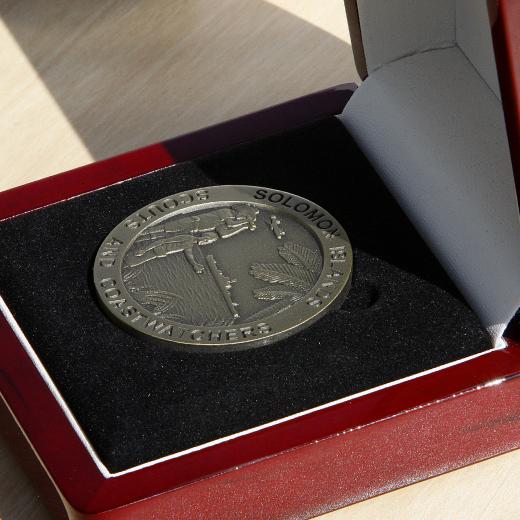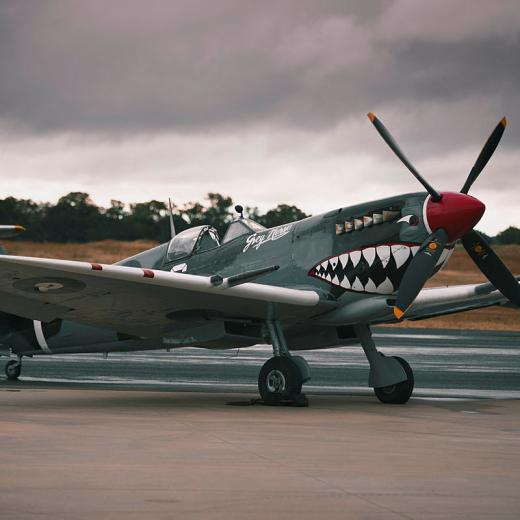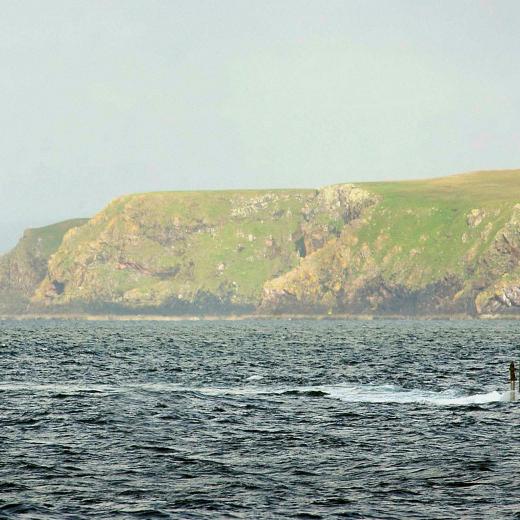BLUF
German propaganda’s use of the term 'Rats of Tobruk’ hardened the resolve of Tobruk’s Australian and British defenders.Summary
The Siege of Tobruk (on the coast of the then Italian Colony of Libya) occupies an important place in Australian military history. The Rats of Tobruk is a badge of honour, as is the name that was given to the RAN vessels resupplying them—the Scrap Iron Flotilla. This article provides the following little known facts about Tobruk:
- Tobruk has been an important strategic port throughout history and was used by the ancient Greeks, Byzantines, Saracens, Ottoman Turks, and Italians.
- In 1911, Mustafa Kemal (later made famous as the defender of Gallipoli} opposed the Italian takeover of Libya.
- In January 1941, Australian infantry supported by British tanks and artillery captured Italian held Tobruk, taking 25,000 prisoners and 208 artillery pieces.
- Soon after arriving in North Africa, Field Marshall Rommel pushed eastwards surrounding Australian and British forces in Tobruk.
- German propagandist Lord Haw-Haw derided the defenders as the “poor rats of Tobruk”, strengthening the defenders resolve.
- Both sides received good intelligence—the Germans from intercepted transmissions by the American military attaché in Cairo, Colonel Bonner F Fellers.
- In July 1942, after Tobruk had fallen to the Axis Forces, Job Maseko, a South African Native Military Corps volunteer, sank an enemy steamer with an IED.
- Following the surrender of Tobruk, many in Egypt, including future presidents Anwar Sadat and Gamal Abdel Nasser were organising an Egyptian rebellion against the Allies.
- Rommel was later stopped and beaten at El Alamein.
References
- Imperial War Museum What you need to know about the siege of Tobruk
- Australian Government ANZAC portal Libya and the Siege of Tobruk 1941
- BBC Fact File: Siege of Tobruk




